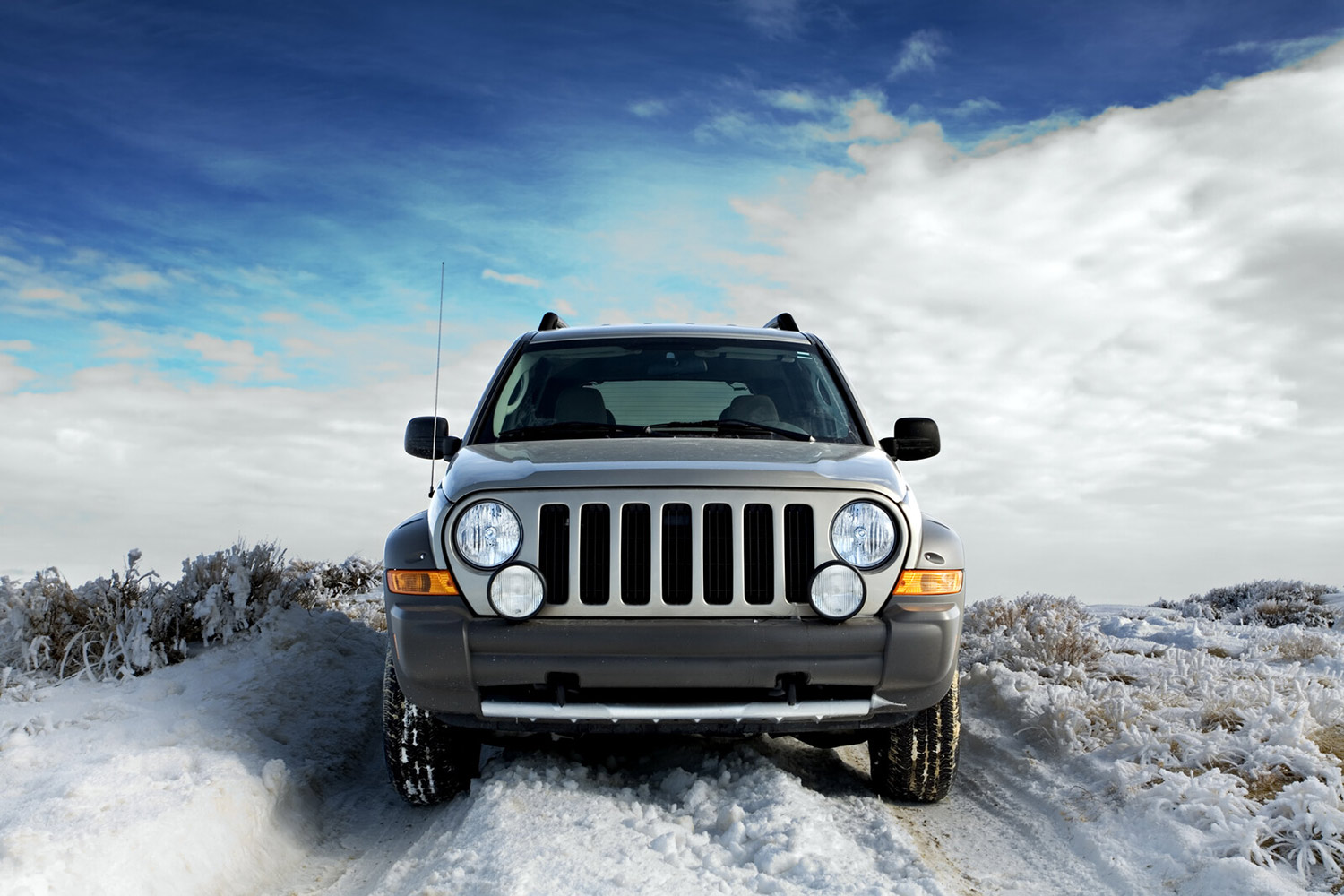Table of contents
Invariably every year, as soon as the snow arrives, we think about winter tires. But then many questions arise. Is it mandatory? What are they for? And even for the most fastidious, what is a winter tire? So we’re going to take a look at these tires and help you find the answers to all your questions.
What is a winter/snow tire?
We will start with the basics, namely what a winter tire is. First of all, it is important to know that this type of tire, as its name indicates, is designed to face winter conditions, whether it is snow, but also ice, cold or simply rain.
For that, tire manufacturers imagine specific structures, but also particular treads without forgetting an internal structure created to offer much higher performances in winter conditions.
Just like us, the car has to adapt to winter, and that starts with the tires. They will have to face particularly perilous roads (black ice, wet surfaces, fresh or melted snow, frost…). You will therefore need better grip, whatever the road and your driving. Braking must be optimized. But of course winter is not only about these extreme conditions and you can also drive on dry roads. The winter tire should also provide good grip on these roads.

© Can Stock Photo / alptraum
To make a winter tire, professionals use materials that will resist low temperatures (usually a mixture of specific rubbers). They will usually incorporate sipes (in the form of small teeth) and stripes (deeper) in addition to offer better grip.
In general, professionals recommend installing winter tires when temperatures drop below 7° for a long period of time. This is because the rubber of “normal” tires will harden if the temperature drops below this figure. With a winter tire, the rubber does not move and will remain soft. This guarantees a better grip.
It should be mentioned here that a winter tire is not a snow tire. The latter has a tread pattern with massive blocks cut into the surface. This provides better traction, even if the snow layer is thick. However, with a snow tire, if you drive on a dry road, you will feel discomfort. This is not the case with a winter tire, and sometimes is mandatory in some states and could impact your insurance if you have any accident and no snow tires !
What is it used for?
As we have just seen, the winter tire is used to face in the best possible conditions the inconveniences of winter that we can suffer on the roads. Thanks to a different profile from summer tires, it will offer better grip, but also better braking without forgetting an optimal transmission. You can therefore drive with a car that “holds the road better”. Traction is also improved and you can accelerate without major risk. It is also an ideal tire to fight against aquaplaning. The special profile of the tire will indeed allow for better water evacuation.
We can add that a good winter tire can reduce the braking distance by half on slippery roads. And this is true even if there is no snow.
What about the price of snow tires ?
Like any specific equipment, winter tires cost more than summer tires (between 20 and 30% depending on the model). You will obviously spend a different amount depending on the type of vehicle you drive (tire size).
The price starts at $60 per tire, or $240 to equip your vehicle. But depending on your needs, the price can be doubled or more. It is better to count around $100 per tire, to which you will have to add $15 on average for the mounting of a tire (i.e. $60 for the 4).
Please note: many motorists think that equipping a car with only 2 winter tires is sufficient. This is totally false. For these tires to be effective, they must be mounted on all four wheels. Otherwise, they are useless. Putting only two tires on the front or rear will cause oversteer or understeer. In short, you’ll slide.
By using your winter tires during a good part of the year (from October to April), you save your summer tires. This is one way to save money. However, it is essential to know that a winter tire will wear out much faster when not used in winter conditions, but also that it will make you consume more fuel (they adhere more to the road). The average life span of a winter tire is 40,000 km. You should therefore consider changing them regularly.

© Can Stock Photo / Bilanol
How to choose your winter tires ?
For a tire to be considered a winter tire, it must have specific markings. The most common marking is “M+S” (also M.S or M&S). This means Mud and Snow. This marking is mandatory to be sure that you are dealing with a winter tire. This is the basic marking for winter tires, as it does not meet all the conditions to be a real protection in case of extremely slippery ground. However, they are allowed to follow the legal rules.
If you want to have a tire that will really protect you in winter, then it is better to look for the 3PMSF or ICE markings. The 3PMSF marking stands for 3 Pics Mountain Snow Flake. This is a real guarantee of quality and high performance.
The Ice tire is a tire for extreme cold and ice conditions. They are mainly reserved for motorists living in the mountains. Tires approved for winter driving carry one of these markings.
You may also like How to Keep Your Cool if You’re Involved in a Car Accident (And 5 Important Steps to Take)
For an optimal choice, several criteria must be taken into account. For example, you should look at dry weather grip, wet weather performance, snow and ice performance, fuel consumption, noise and wear.
There are several brands of winter tire manufacturers. Among the best known are Michelin, Dunlop, Pirelli, Continental, Kleber and Goodyear.
You should also take into account your habits. If you drive mainly on highways, Michelin and Bridgestone are made for you. If you are in a rural area, more rugged, prefer Goodyear or Falken.
Now it’s time to look at how to install these tires. The easiest (and safest) way is to have your garage do it. But if you’re used to working on your car and know how to change a wheel, you can save money by mounting your winter tires yourself.
How to install your winter or snow tires?
There are two methods. If your tires are independent of the train, you can simply replace them like any other tire. If they are not independent, you will have to remove your wheels from the support. For this operation, it is best to take your vehicle to a garage.
If your tires are independent, it’s up to you! Take your jack and wheel changer, a hollow iron bar (maximum 100 cm), a torque wrench, a pair of gloves and a cloth. Start the operation by loosening the nuts by half a turn (this is enough for now). Raise the car with your jack (leaning on the frame). When the tire is clear, you’ve done part of the work. Now loosen your tire completely and remove the wheel.
Remember to clean the contact area between the rim and the hub. Then line up the hub bolts with the holes in the rim. Be sure to press the tire in. Tighten the nuts, put the wheel back on and finish by tightening the nuts. You may or may not use a torque wrench for this. If you don’t have one, you’ll need to use your tire iron to apply enough force (remember to cross).
With a torque wrench, you will have to adjust the torque. Check your manual for the recommendations for your vehicle. The wrench will indicate by a click when the desired torque is reached.
Of course, do this operation 4 times. And that’s it!
